How can you support learning in a child's room?
Emily H
7 years ago
Featured Answer
Sort by:Oldest
Comments (55)
Ann Smitt
7 years agoRelated Discussions
Need help for my living room
Comments (10)Hi shampadhar. I look forward to a pic, but generally, yes: it could look odd to have the headboard appreciably higher than the footboard. Despite any other changes, it will look like a bed in the living room. HOWEVER: part of cottage style is relaxed eclecticism, so this may not be a problem and possibly quite charming. The solution will be in placement and styling. If the bed is placed against a wall, position the footboard end nearest the corner. Use a relatively substantial table in the corner at the footboard end of the bed with lighting, accessories, etc., creating a "sofa" feel. No table at the other end, with maybe a pendant or small chandelier suspended over the headboard end. This asymmetry will provide casual and effective light for reading and other activities and support the relaxed vibe that says "cottage style". Use a variety of throw pillows, also more heavily concentrated on the footboard end and arranged largest to smallest along the footboard and down about 3/4 the length of the wall. This will reverse the perceived visual weight of the bed from the headboard to the footboard and help to offset the disparity between the different heights. Consider only a lovely bolster at the headboard end. I really do love to use pieces out of context when this makes sense. If you love the wood, leave it alone and simply dress the bed differently, as described above. It is an interesting way to give this favored piece a new context and a new life, and a cottage is the setting wherein this is most likely to be successful. Post pics, please. I would love to see what you come up with. Have fun with it and good luck!...See Morehelp me with my room .. I am attaching all 4 side pictures!
Comments (15)Thanku so much ..I too love the view n the natural light coming ..the bed appears to be big bcs of the headboard n its not yet placed well .. lil bit adjusting is left .. Can u help me with curtain colors? Or should I go for blinds?? How shud add vibrance?...See MoreHow to Find the Perfect Light Shade
Comments (1)go to a lighting show room, take pictures of the space and any ideas you have. They are best suited to help you. also have a budget. the how to part is nice but most consumers have no idea that the pendants above are probably 300.00 each. Budget for lighting! take advantage of the pro's in the lighting world, its all we do!...See MoreChilds Bedroom
Comments (2)I am not an expert but I am thinking that regular wooden cabinet doors (in the color that suits the room) will install just fine over that. I don't recommend any shelves inside if you are storing toys. I have a 4 year old and her toys are ALL odd shapes and sizes. The bigger open cabinets are what works for me when it comes to keeping the toys out of sight....See MoreMLE Fine Art
7 years agojanedoe2012
7 years agobethiniowa
7 years agoCheryl Cannon
7 years agodiyer59
7 years agoSusan
7 years agofairday
7 years agosmokin2ska
7 years agojbtanyderi
7 years agorobynmiller44
7 years agodiyer59
7 years agomiss lindsey (She/Her)
7 years agomiss lindsey (She/Her)
7 years agoannopseth
7 years agolopezmaryk
7 years agoby "MAC"
7 years agowlindloff
7 years agoAmyzing
7 years agojujones
7 years agoCloset Factory
7 years agodrbarb03
7 years agomjar
7 years agoJill Brewer
7 years agoacjlwkm
7 years agoCreatively Yours Custom Inc.
7 years agoJurana Jan
7 years agoJurana Jan
7 years agoJurana Jan
7 years agomiss lindsey (She/Her)
7 years agoteamaltese
7 years agoAtelier Armbruster
7 years agonosoccermom
7 years agokcode1
7 years agoD. L.
7 years agoJurana Jan
7 years agoBelle La Vue
7 years agolast modified: 7 years agomiss lindsey (She/Her)
7 years agoJ Naseer
7 years agolast modified: 7 years agoellymay878
7 years agoJulia & Elizabeth
7 years agoPixers
7 years agoPrince Fafa
7 years agoivettsobrino
7 years agoArcadia Home
7 years agoAbby T
6 years agoAbby T
6 years agoAbby T
6 years agolobo_93
3 years agolast modified: 3 years ago
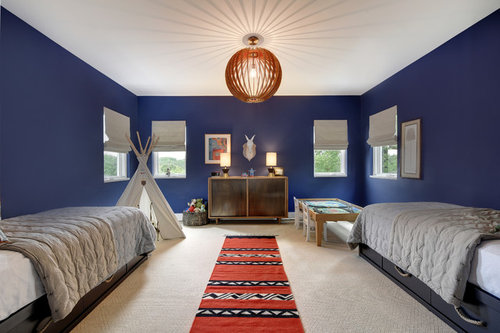
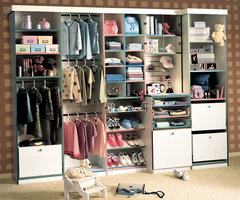
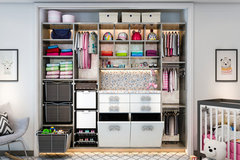

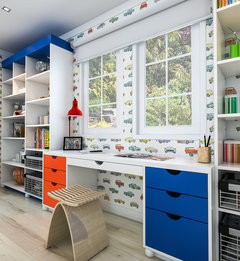
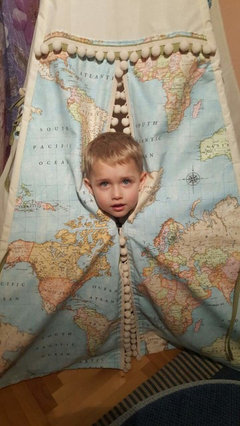


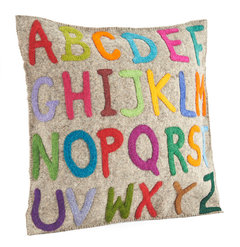
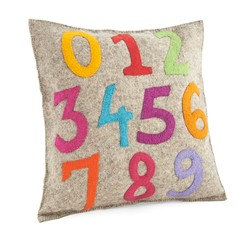
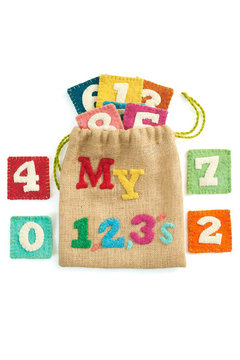

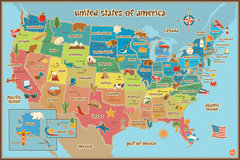

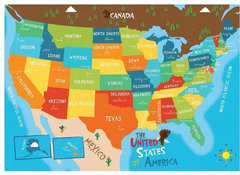

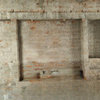
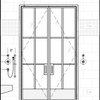
User